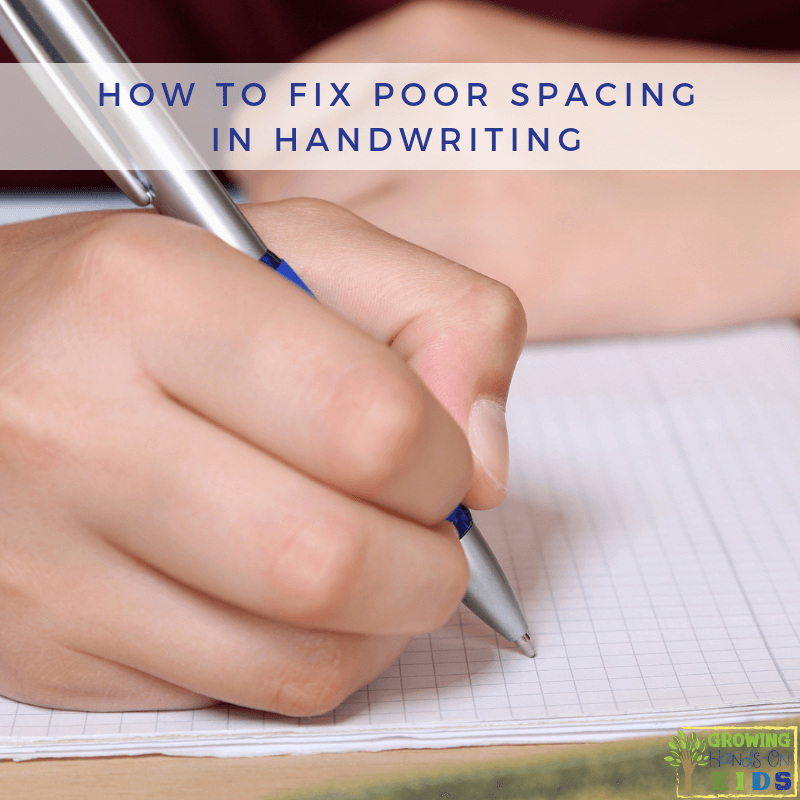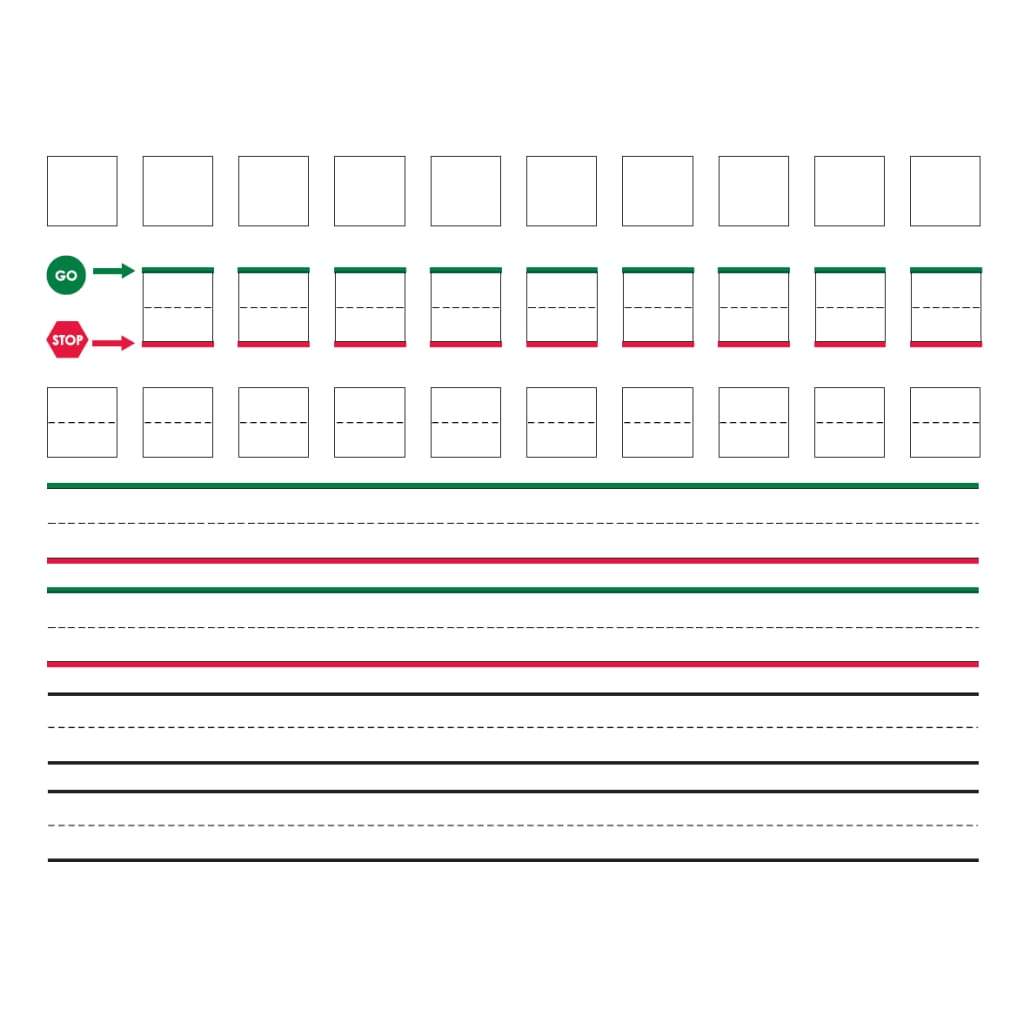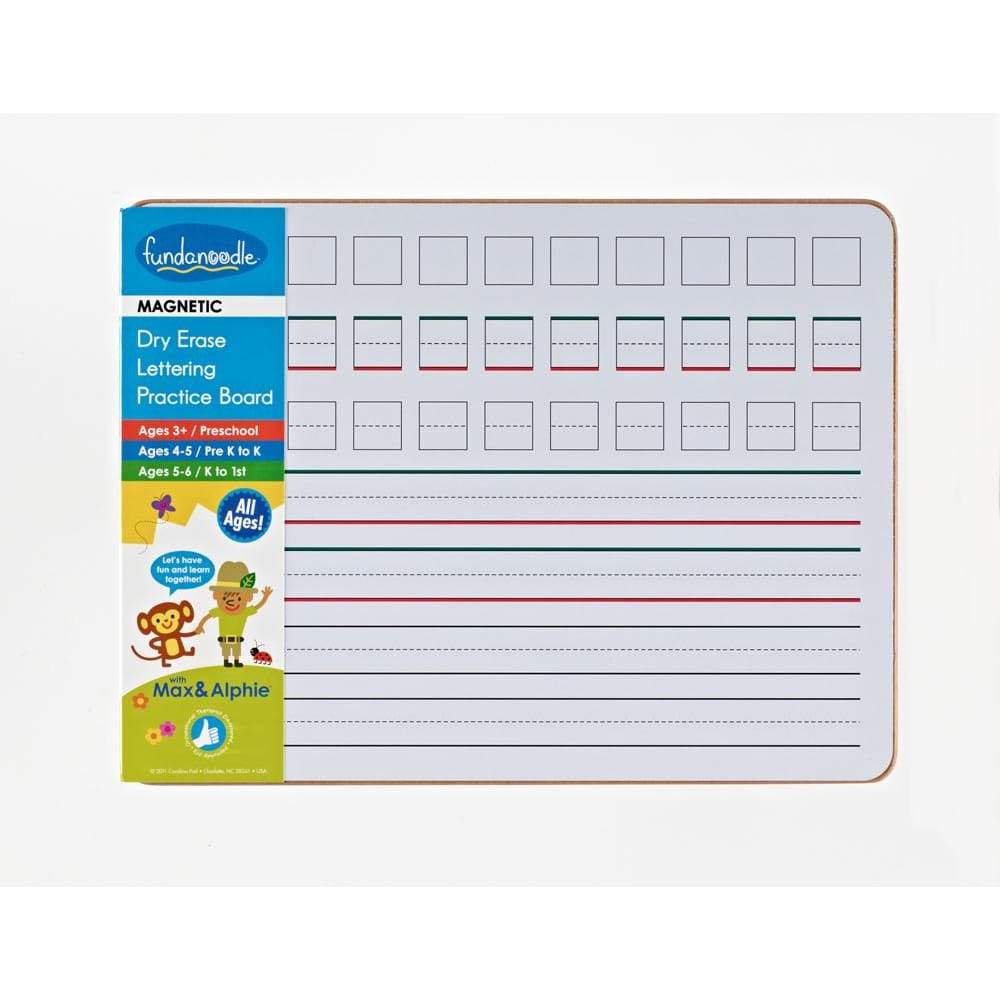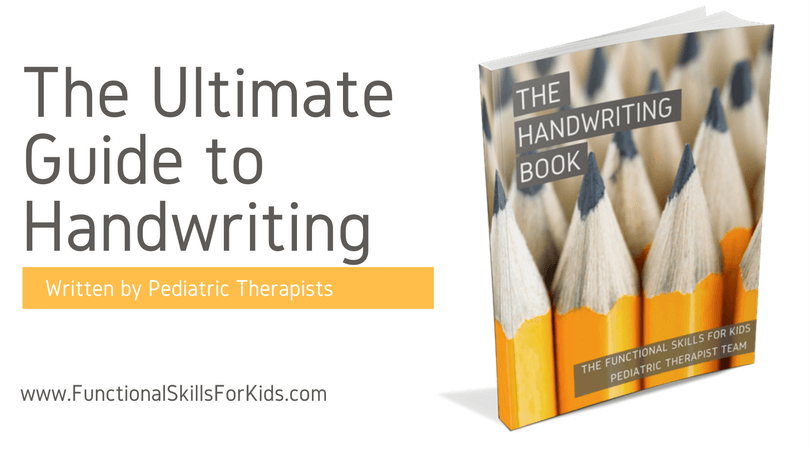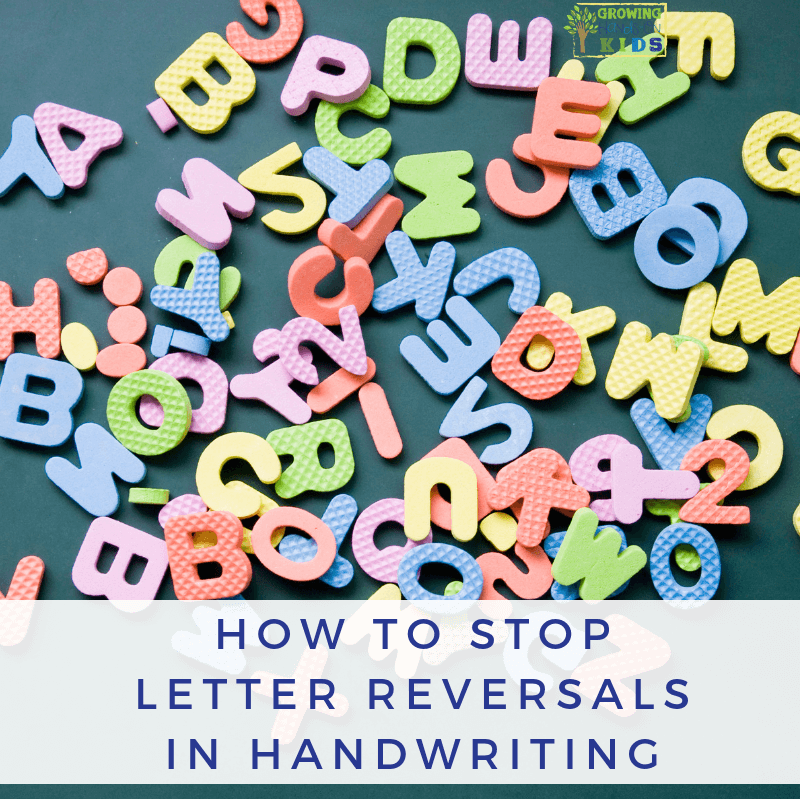How to Fix Poor Spacing in Handwriting
Affiliate and Referral links are used below to promote products I love and recommend. I receive a commission on any purchases made through these links. Please see my disclosure policy for more details. As an Amazon Associate, I earn from qualifying purchases.
When your child writes, do their letters and words get squished together? Do they seem to struggle with keeping the appropriate spacing between their words or letters? Are you constantly reminding them to space appropriately?
Spacing issues often affect handwriting legibility, so it an important struggle to address. Today we are going to look at how to fix poor spacing in handwriting.
5 Tips for How to Fix Poor Spacing in Handwriting
1 || Use Graph Paper or Box Paper
Using graph paper or adaptive box paper gives your child or student a visual on where to put each letter. When spacing between words with graph or box paper, remind them to skip one box and start the new word in the next box.
I like to suggest the writing practice paper from Fundanoodle for younger children. It begins with boxes at the top with green and red lines for where to start and stop. Then it progresses to lines and finally lines with no visual cues.
They also have a magnetic dry erase board option, which I love!
2 || Use Popsicle Stick Spacers
This is a fun option, especially for younger students who may just be learning to write. You can have them decorate the sticks into fun themes or objects. My friend Colleen at The OT Toolbox has some posts on how to make these.
DIY Handwriting Spacing Tool – The OT Toolbox
Space Martian Handwriting Spacing Tool – The OT Toolbox
Handwriting Spacer Tool Pointer Stick – The OT Toolbox
You have probably seen the plastic adaptive spacers from therapy supply stores or on Amazon. I have used these before, but found minimal success with them. Most children end up losing them and that defeats the purpose. I would personally save your money and use a DIY option above OR the tip below for visual spacers.
3 || Use the Non-Writing Hand Index Finger As a Spacer
This is probably my favorite tip that I have used with many students and my own daughter successfully. I don't know how many students I had that would lose the adaptive spacers I gave them. Using the index finger of the non-dominate hand is so much easier with no equipment necessary! My daughter has even gotten in the habit of reminding herself to use her finger as a spacer while she practices her handwriting.
4 || Highlight Spaces In Between Words When Copying
This is a great tip to use when you are asking a child to copy something from the board or a paper. Use a colored marker or highlighter to mark between each word to signify the child needs to leave a space between the words when copying them.
5 || Highlight the Margins
You may have a child who begins their writing in the middle of the page, not lining up with the margins. Use a highlighter or marker to give a visual cue of where writing begins and ends.
I like using green and red as start and stop lines since most children are familiar with these colors with “go for green” and “red for stop”.
Do you have a go-to tip for fixing spacing issues with handwriting? I'd love for you to share your own tips, tools, or strategies in the comments below!
For more tips, tools, and strategies on handwriting, check out the resources below.
Written by 10 pediatric Occupational and Physical Therapists (myself included!), The Handwriting Book is your go-to resource for any questions on handwriting.

Heather Greutman, COTA
Heather Greutman is a Certified Occupational Therapy Assistant with experience in school-based OT services for preschool through high school. She uses her background to share child development tips, tools, and strategies for parents, educators, and therapists. She is the author of many ebooks including The Basics of Fine Motor Skills, and Basics of Pre-Writing Skills, and co-author of Sensory Processing Explained: A Handbook for Parents and Educators.

